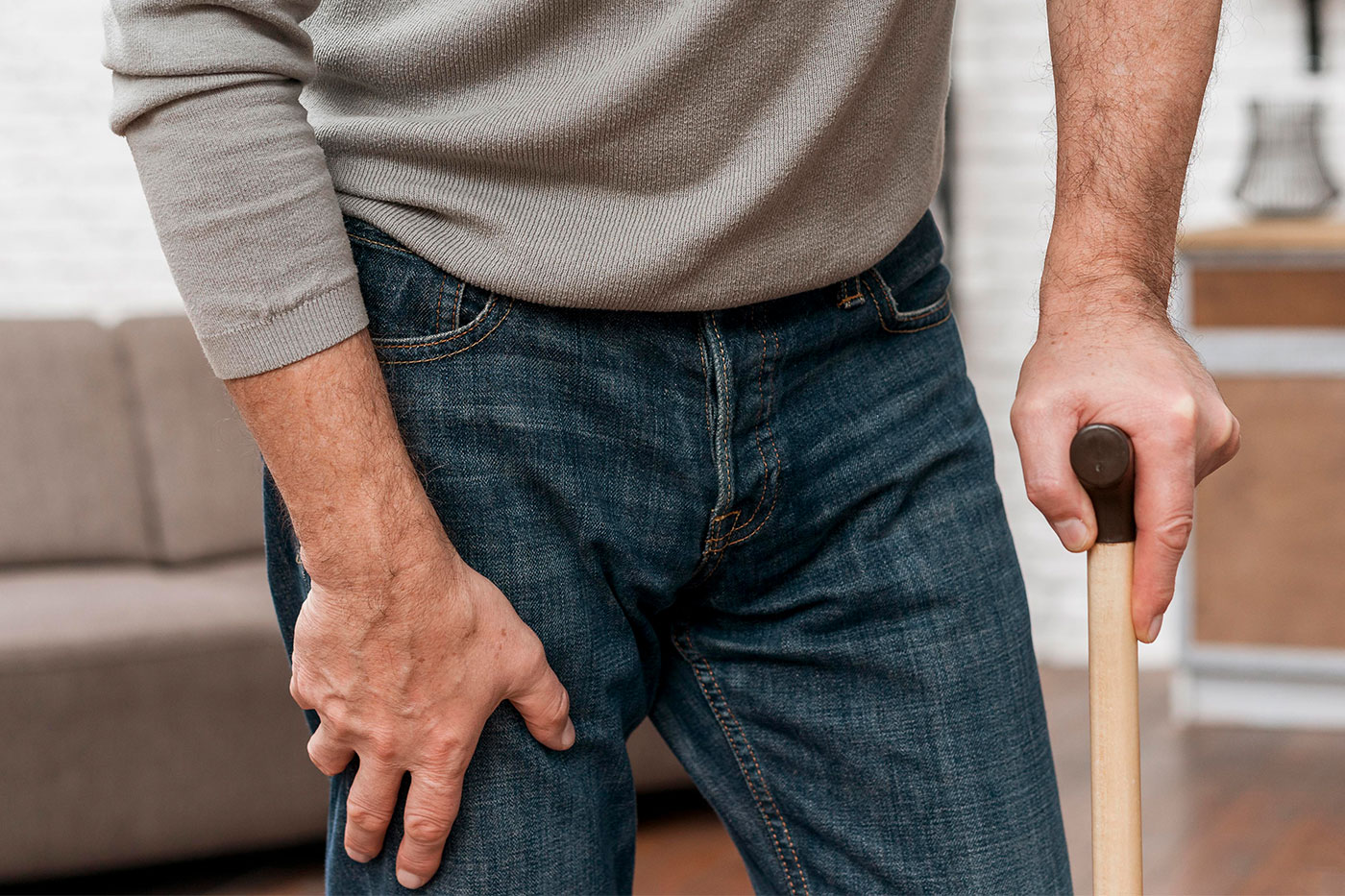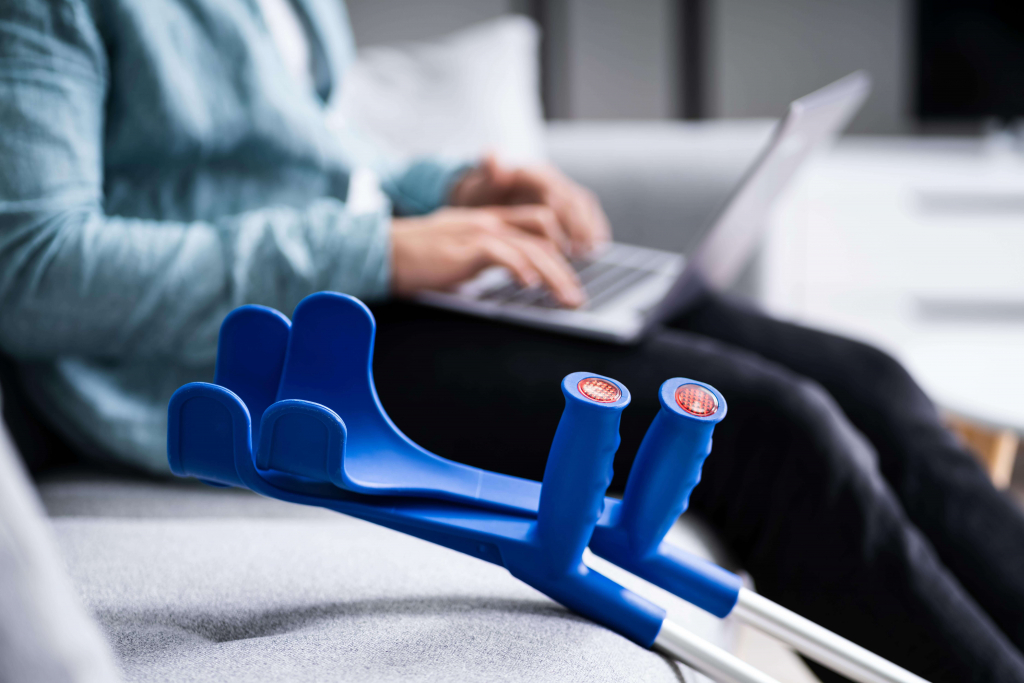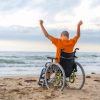Phone: 800-414-2358
Fax: 718-946-6727
- Bathroom Aids
- Respiratory Care
- Disability Accessories
- Walking Aids
- Wheelchairs
- Patient Room
- Bariatric Items
Phone: 800-414-2358
Fax: 718-946-6727

A Brief Guide to Using Crutches, Canes, Knee Scooters and Walkers
- by
- Steve Zeltser
- -
- September 14, 2018
- -
Loss of lower limb function is common among:
- post-stroke patients
- injured patients
- post-surgery patients
- the elderly
Getting Started
Upon recovery, your therapist may advise you to use a walking aid. Whether you choose an aluminum cane or a pair of crutches, a walking aid will help you stay balanced and secure while performing everyday routines or walking short distances.
The best and easiest way to start walking again after recovery is to use crutches for walking, to help keep your body weight off the injured limb.
Knee Walkers – An Easy Solution when On the Go
A CertHealth knee walker provides an ideal solution for reducing pressure on your injured limb while your leg or hip is healing. A knee walker is compact and easy to use, with thick padding for your total comfort. It is a great accessory for getting around if you still find walking painful after surgery or leg or hip trauma. Sturdy wheels, adjustable height and a storage bag make a knee walker a very handy appliance for the elderly, injured, or post-surgery patients.
Safety is Essential to Fast Recovery
Safe and secure performance during simple daily activities is very important during the healing process. The first steps are the hardest, but they can also make you the happiest. Make sure there is someone by your side who can help guide you, perhaps by holding your elbow while you train your injured limb to walk again.
The key to successfully regaining your confidence while walking is to take things slowly and be consistent, practicing daily while paying attention to safety.
Declutter your living space to increase safely and give yourself room to move.
Rearrange your furniture. Move smaller chairs and tables out of the way. Remember how you prepared your living room for your baby’s first steps.
Organize and Clear Your Living Space :
- Remove throw rugs and appliance cords
- Furnish your bathroom with additional safety items
- Consider investing in a bath chair, commode, walkers with wheels for elderly, grab bars and safety frames
- Ensure the rooms of your home are well-lit, and consider installing additional lighting
- To keep your hands free, use a rollator with a pouch or basket to support your walking style safely
Maintain Good Posture
How can you tell if you are using your walking aid correctly?
Pay attention to how you stand and how you hold your device:
- crutches should be held a couple of inches away from your armpits
- make sure your elbows are slightly bent when holding your crutches
- support your weight with your hands instead of your underarms
- if you are unable to to bend your arms due to trauma, consider an alternative walking aid
Walking and Positioning
From the very beginning, lean forward a little, instead of trying to stand upright. This will help you keep your balance and stabilize you more effectively.
Begin and end walking with your healthy limb.
Sitting
Choose a proper chair first. Wobbly furniture can make you lose your balance, causing additional trauma. Stand in front of the chair and begin lowering yourself toward the seat. Once seated, place your crutches or cane nearby.
To stand up, shift your weight onto your healthy side first, to help you balance more effectively.
Flexibility is key to walking with crutches, especially if you have to take the stairs. If you are a beginner, consider getting help from a friend or personal aid.
If you feel unsteady or experience pain while walking, take a break until the pain is gone.

Fast Delivery

Special Discount

Secure Checkout






